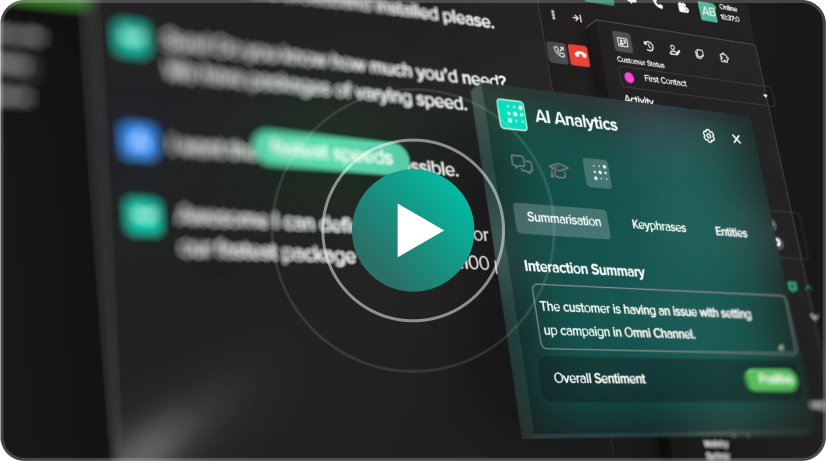As concerns around the global pandemic increase, many employers are now taking the difficult decision to relocate their workforce to remote workers.
With so many different people and tasks involved in day to day operations, effectively replicating your business activity on a remote working platform could seem like an impossible task.
However, with the right steps and a reliable technology for task sharing and communication, your team can remain productive and engaged in their projects without compromising results.
To help your workforce maintain their strength when moving to a remote working solution, we’re sharing our 4 essential steps for staying on the same page:
Maintain safe and secure internal communication
Having clear lines of communications internally from your managers to their teams is crucial when working remotely. When onboarding your remote working platform, ensure all team members are fully briefed on the security measures surrounding their projects, what sharing permissions they require and accounts are configured to match their level of responsibility.
Your workforce will perform more efficiently when they are able to communicate and have clear points of escalation to help them feel more assured and part of the team.

Since team activities can take on many different forms, it’s key that your remote working platform can handle all types of internal and external communication; whether that’s instant messaging, video conferences or shared workforce streams between teams, or voice calls and live chat for your customers.
Keep your customers updated
Above all else, your customers are your business. When moving to a remote working platform, it’s important that customer satisfaction is at the centre of all team activities.
Your choice of remote working software should reflect the preferred method of communication of your customers and not just the one that is easiest for your business.
With many businesses moving to modern solutions such as social media messaging and live chat AI, your business must consider which remote working platform holds the range of channels necessary to achieve satisfying customer engagement.
Happy customers, happy team.
Delegate work and monitor performance
When moving your teams to a remote working solution, it can be a daunting prospect to no longer have a visual scope of where everybody is and what tasks they are currently working on.
To tackle this concern effectively, a system with work optimisation and delegation features is the best option. Whether it’s sending support tickets to the most capable employees or assigning shifts across your workforce, your remote working system should allow you to make decisions about your team’s workloads and activate them with ease.
Workforce optimisation features are key when communicating with remote team members, as they help to minimise confusion over team responsibilities within projects and the amount of work they are expected to do.
Some systems will also have analytics and project management tools which can help to provide visibility across teams and enable forward planning.
Motivate and reward your workforce
Whether you’re operating in a competitive sales environment or running a call centre that handles huge volumes of interactions, acknowledging and rewarding the performance and efforts of your workers is a great way to increase motivation and boost team morale.
So how do you do this without their physical presence in the office? One solution is gamification. Gamify is the process of turning your business activity or tasks into a game or something resembling a game.

When choosing your remote working platform, including gamification features can be an effective way of engaging your team and allowing them to exercise their competitive side.
Many businesses will use daily or weekly leaderboards to highlight the highest performers in their teams and set rewards for consistent results. A great way to get everyone on board for achieving the targets and goals of your wider business.
So how do you choose the right remote working platform?
First things first, it’s important to focus on what your primary business targets are.
Do you need a remote working platform that allows you to handle thousands of calls and text every day? Or does your business need a solution with rapid deployment? How do you need to communicate internally as well as externally through your platform?
By figuring out and agreeing on your aims for adopting a remote working platform, your team can quickly navigate the decision of which platform is the right solution for you.

